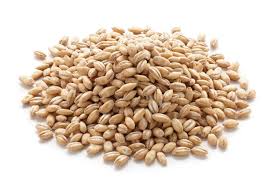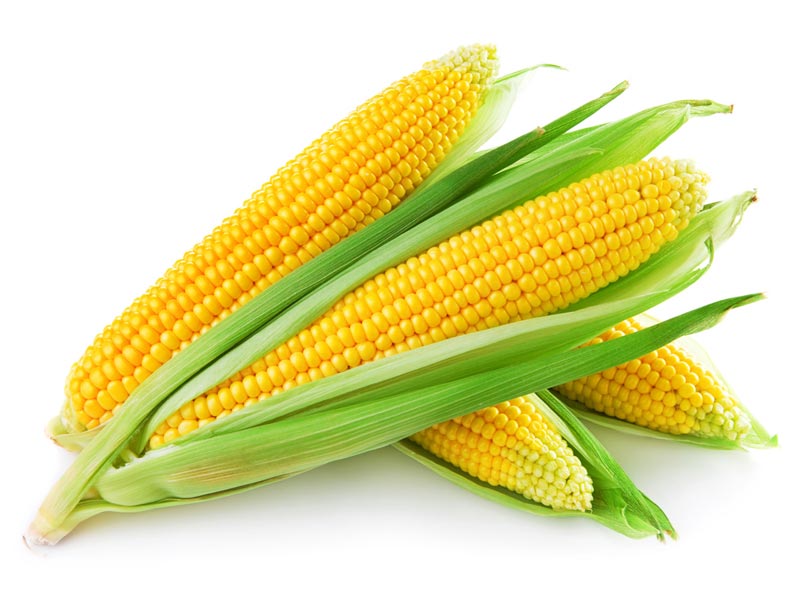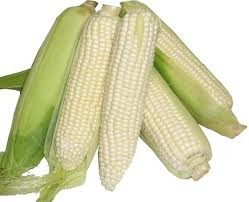Cereals
Barley
Barley (Hordeum vulgare L.), a member of the grass family, is a major cereal grain grown in temperate climates globally. It was one of the first cultivated grains,
particularly in Eurasia as early as 13,000 years ago. Barley has also been used as animal fodder, as a source of fermentable material for
beer and certain distilled beverages, and as a component of various health foods. It is used in soups and stews, and in barley bread of various cultures.
Barley grains are commonly made into malt in a traditional and ancient method of preparation.In a 2007 ranking of cereal crops in the world, barley
was fourth both in terms of quantity produced (136 million tons) and in area of cultivation (566,000 square kilometres or 219,000 square miles).
We arrange sourcing of barely direct from the Indian farmers in the main barley growing states as well as supply imported Barely from Russia and Germany.

Yellow Maize
Maize (/ˈmeɪz/ MAYZ; Zea mays subsp. mays, from Spanish: maíz after Taíno mahiz), known in some English-speaking countries as corn, and in the United Kingdom as sweetcorn, is a large grain plant domesticated by indigenous peoples in Mexico in prehistoric times about 10,000 years ago.The leafy stalk produces ears which contain the grain, which are seeds called kernels. Maize kernels are often used in cooking as a starch. The six major types of maize are dent, flint, pod, popcorn, flour, and sweet.

White Maize
Most white corn is generally categorized as a variety of sweet corn. While most corn is of the field corn variety (i.e. treated as a grain), sweet corn is harvested during the immature stage and treated as a vegetable. White sweet corn is actually a mutation of the regular field corn with a higher sugar than starch ratio of content. Unlike field corn, which is commonly used as a grain product for such things as livestock fodder and for other processed food like cereals, oil, starch, etc., sweet corn is consumed as a vegetable and typically eaten on the cob after boiling or roasting. As it grows on the stalk, white corn becomes wrapped in layers from green husks to white husks. It also has high water content compared to field corn. The kernels and the ‘milk’ that comprise it are colored white. However, just as regular corn, white corn kernels become hardy and tough as the water content decreases as part of its maturity. White corn is the more common variety and is, technically, the original as other-colored corn are mutations from the white ‘parent.’

Sorghum
June's Grain of the Month is Sorghum. Ask a hundred people if they've ever eaten sorghum and chances are, they'll have no idea what you’re talking about. However, sorghum, a cereal grain, is the fifth most important cereal crop in the world, largely because of its natural drought tolerance and versatility as food, feed and fuel. In Africa and parts of Asia, sorghum is primarily a human food product, while in the United States it is used mainly for livestock feed and in a growing number of ethanol plants. However, the United States also has seen food usage on the rise, thanks to the gluten-free benefits of sorghum for those with celiac disease.

Oats
Oats are best grown in temperate regions. They have a lower summer heat requirement and greater tolerance of rain than other cereals, such as wheat, rye or barley, so are particularly important in areas with cool, wet summers, such as Northwest Europe and even Iceland. Oats are an annual plant, and can be planted either in autumn (for late summer harvest) or in the spring (for early autumn harvest).

Finger millet(Ragi)
India is a major cultivator of finger millet with a total cultivated area of 15870 km2. The state of Karnataka is the leading producer of finger millet, known as ragi in the region, accounting for 58% of India's ragi production. Finger millet is especially valuable as it contains the amino acid methionine, which is lacking in the diets of hundreds of millions of the poor who live on starchy staples such as cassava, plantain, polished rice, or maize meal. Finger millet can be ground and cooked into cakes, puddings or porridge. The grain is made into a fermented drink (or beer) in Nepal and in many parts of Africa. The straw from finger millet is used as animal fodder. It is also used for a flavored drink in festivals.
.png)